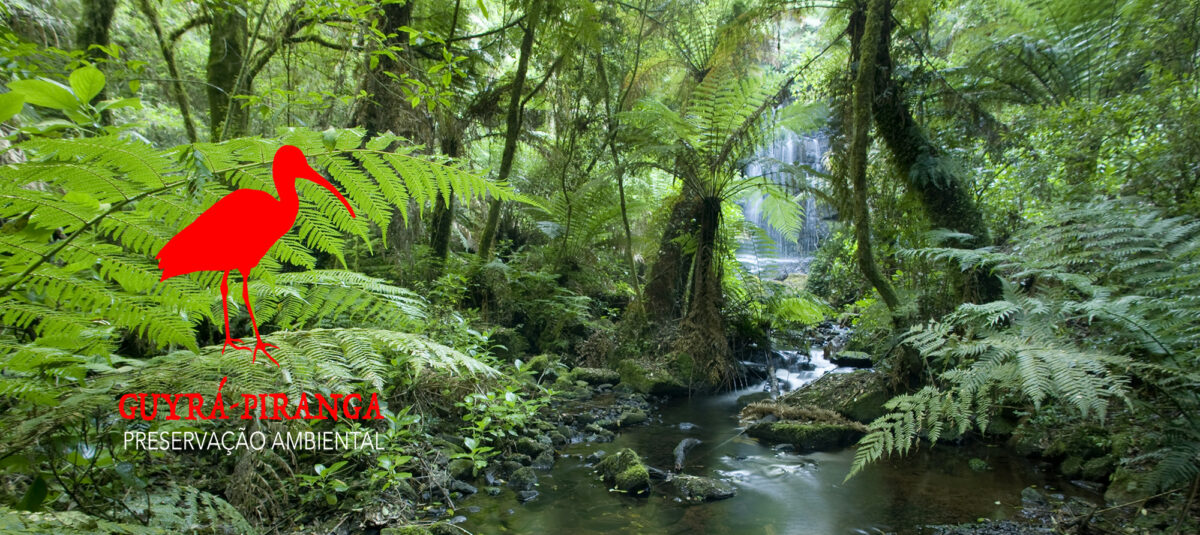|
According to the Annotated checklist of the birds of Brazil by the Brazilian Ornithological Records Committee (CBRO) — second edition 2021 – 1,971 species of birds occur in Brazil, supported by documentary evidence. |
Brazil is among the three countries with the highest diversity of bird species in the Americas, but it is the first in number of threatened birds with 270 species.
The main threats to birds in Brazil are climate change, deforestation, lost and fragmentation of habitats, burning, urban expansion, use of pesticides, hunting and illegal trade.
Among all Brazilian biomes, the Atlantic Forest has the highest number of threatened bird species. Approximately 45% of all threatened bird species in the country live in the Atlantic Forest. Currently, only 12.4% of forest cover of remnants of native vegetation remains in the Atlantic Forest, distributed in small forest fragments.
Brazil is the leader in the world ranking of tropical forest destruction, being responsible for almost half of the loss of primary vegetation in the world. Brazil is also the leader in the volume of forests burned. Deforestation occurs mainly to make way for agriculture, livestock, mining and infrastructure works. Illegal logging, is another important factor in deforestation.
Frugivorous birds play an important role in seed dispersal and the natural regeneration of forest areas. Excessive fragmentation in forest areas harms the interaction between species and makes it difficult for birds to disperse seeds, causing a decline in species diversity.
The creation of wildlife corridors is essential to reconnect, protect and regenerate natural ecosystems, and expand a population of endangered species.
